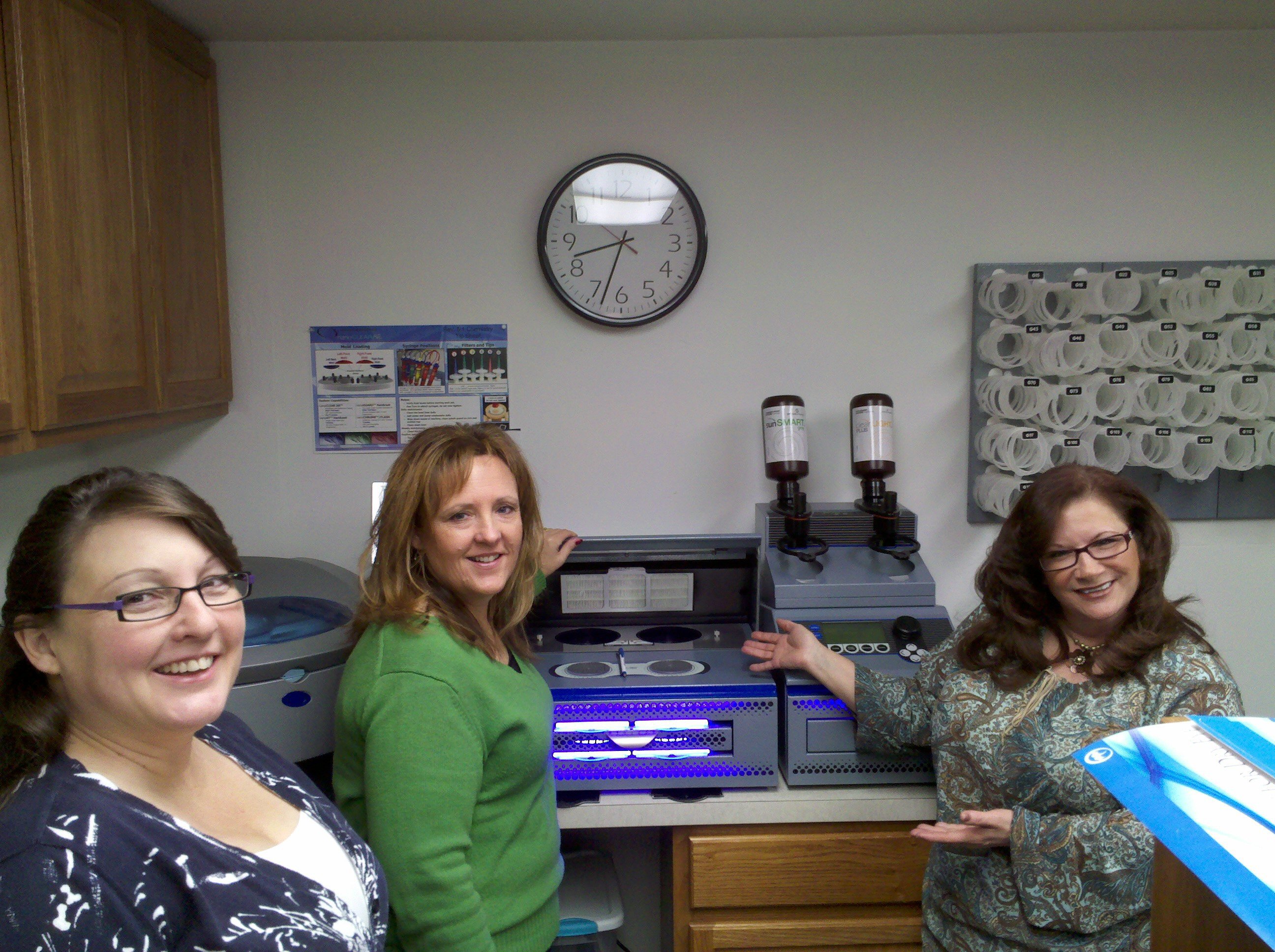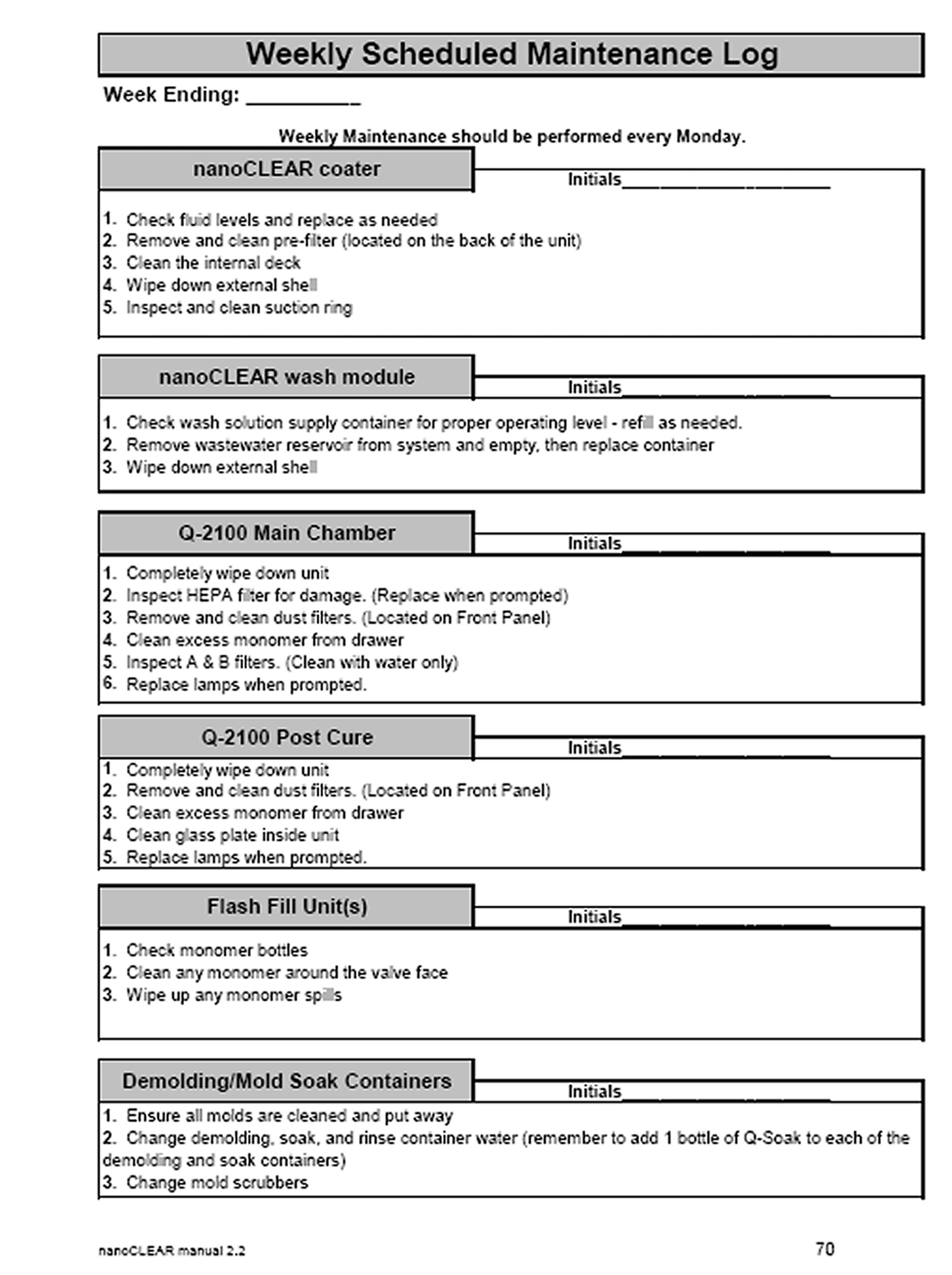Be sure to perform your weekly scheduled maintenance list. Taking the time to check a few items once per week will help your equipment look better and run more efficiently. To download a new log click here < Weekly Maintenance Log.>
Monthly Archives: June 2018
Celebrating 7-Years of Improved Service & Patient Satisfaction
 La Grande Family Eye Care in La Grande, OR added the Q-2100 Digital Lens System with nanoCLEAR AR to their practice 7-years ago this month. Their knowledgeable optometrists and friendly staff are eager to help their patients with all their vision needs. For this reason, the practice wanted to dispense a “high quality lens with a short turn around time to their patient base.” The purchase of the Q-2100 with nanoCLEAR AR was the perfection choice to make to make this happen.
La Grande Family Eye Care in La Grande, OR added the Q-2100 Digital Lens System with nanoCLEAR AR to their practice 7-years ago this month. Their knowledgeable optometrists and friendly staff are eager to help their patients with all their vision needs. For this reason, the practice wanted to dispense a “high quality lens with a short turn around time to their patient base.” The purchase of the Q-2100 with nanoCLEAR AR was the perfection choice to make to make this happen.
According to the staff, “improved patient satisfaction and lower lab bills,” have been achieved by making digital lenses in house.
